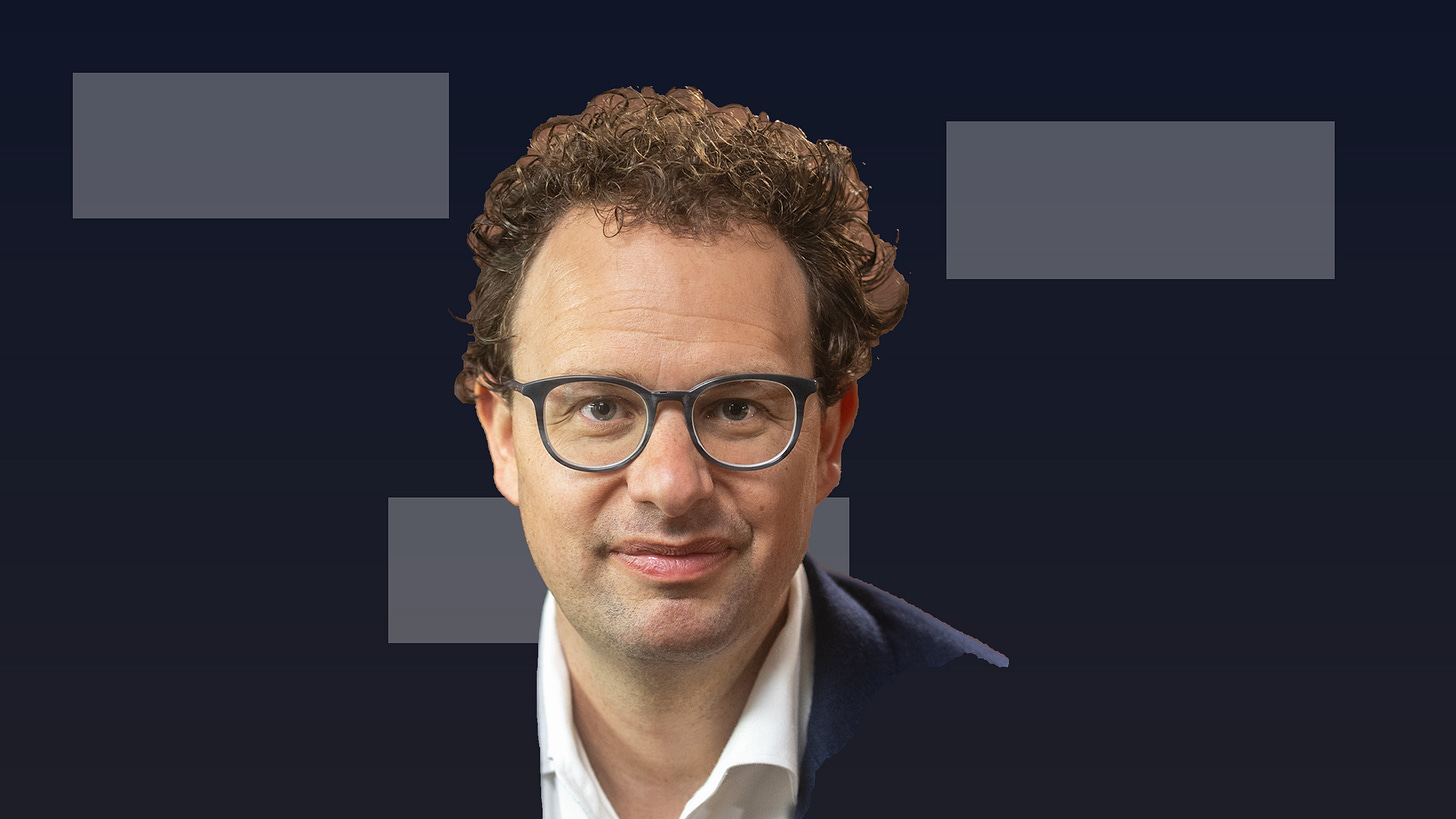The Making Of Dario Amodei
AI’s most outspoken leader found direction in a personal tragedy.
Dario Amodei doesn’t hesitate when I ask what’s gotten into him. The Anthropic CEO has spent 2025 at war, feuding with industry counterparts, members of the government, and the public’s perception of artificial intelligence.
In recent months, he’s predicted that AI could soon eliminate 50% of entry-level, white-collar jobs. He’s railed against a ten-year…


